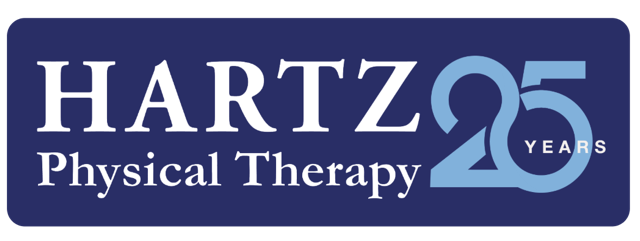Written by Greta Myers, DPT, NCS, CSRS, PWR! Moves Therapy & Certified Stroke Rehab Specialist
Article
You may have recently had a stroke or brain injury, or you may have recently been diagnosed with a degenerative neurological condition such as Parkinson’s Disease (PD), Multiple Sclerosis (MS), or cerebellar ataxia.
You may have found yourself in a ‘now what?’ moment.
You may have done your own research (or you may be doing it now).
You may have come across the term neuroplasticity and read that it can help improve your function despite these diagnoses.
But what exactly is neuroplasticity and how does it help?
Let’s start by looking at the aspects that each of these conditions has in common. The main one is they each affect your brain, which is part of your central nervous system. Injuries to your brain are harder to picture and understand than injuries to a joint, muscle, tendon, or ligament. That is because, once you had a stroke in a certain area of your brain, or a lesion on your brain with MS, or a lack of dopamine in your Substantia Nigra (the structure in your brain that controls your body’s movements) with PD, you cannot heal that area of your brain. Unlike a muscle or tendon that can heal, or a joint that can be replaced with your brain, the damage is final. They haven’t quite figured out how to do a brain transplant.
However, scientists have learned that through neuroplasticity (the brain’s superpower… its ability to change and adapt) your brain can learn and build new movement patterns, improve the processing of information, and increase the connectivity of the neurons in your brain. The brain is AMAZING because it CAN learn to work around the area that has been damaged by creating new signals and pathways. It has so much potential!
So how do you unlock this potential to help your brain rehabilitate and increase your function after these neurological injuries? The first step is to surround yourself with a supportive and knowledgeable circle of care who understand the principles of neuroplasticity and can tailor a therapy program specific to your needs & concerns in order to get you back to a life doing what you love.
This care team will guide you through activities using the principles of neuroplasticity to help maximize the potential of learning and growth in your brain. These principles of neuroplasticity include:
Use It and Improve It:
Instead of avoiding the movements that are difficult, it is important to keep working on them. Therapy can help direct you in ways to strengthen or practice these movements safely and can augment training by using functional electrical stimulation to help the appropriate muscles activate.
Repetition:
Practice makes perfect! It is important to get a lot of reps of activities. The more you practice, the stronger the connections are in your brain. With stronger connections, movement becomes easier.
Interference:
This principle focuses on how we can learn bad habits. Just like practicing good habits can build stronger connections, practicing bad habits can build connections as well. After these are established, it can be harder to work toward a more normal movement pattern. Therapy early on can help you avoid the bad habit pitfalls.
Task specificity:
To build new connections to walk, you need to specifically practice walking. In order to be able to get up off the ground, you need to practice getting up off the ground. A therapist who understands these neuroplasticity principles will guide you through functional exercises geared to a specific goal or task rather than traditional strengthening exercises.
Time:
With research, we have learned the sooner after injury or diagnosis therapy begins, the faster and more improvement can be made. Please know that change is possible. Take advantage of this and see your therapist soon after an injury or diagnosis. Discuss goals with your therapist and they can use these principles to still guide you.
Intensity:
In order to make change, your activity needs to be intense. This means getting your heart rate up and using weights to challenge your body. If you or your therapist do not push your body and brain, you will not be able to make meaningful change. This challenge is important as it promotes processing in your brain.
Salience:
Last, but certainly not least, you need to be choosing activities to work on that are important to you. Find a therapist that listens and understands your goals and motivation. If you are working on activities that are meaningful to you, you are more likely to see improvements.
We hope this helps you better understand the powerful potential that your brain has despite being injured and what you can do to help yourself on the path to rehabilitation. Remember, that you are NOT in this alone. Use your local team of therapists, physicians, and other allied health professionals to reach your goals!

